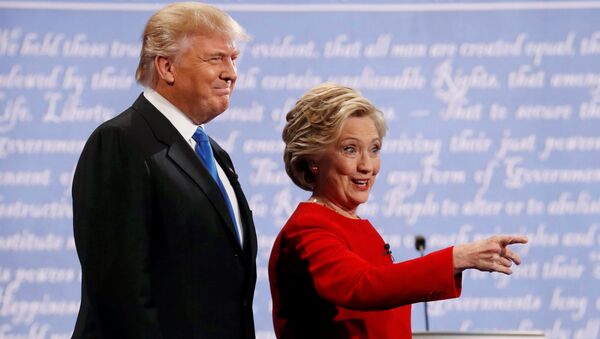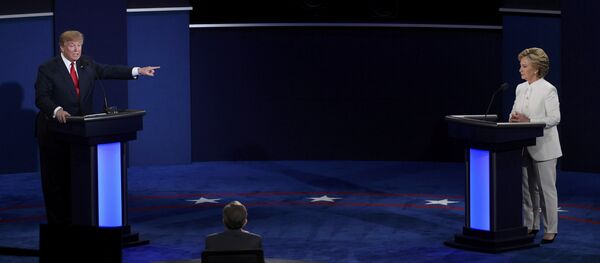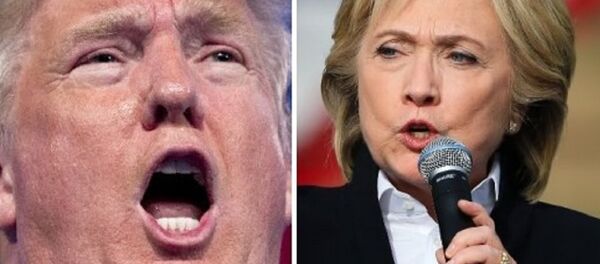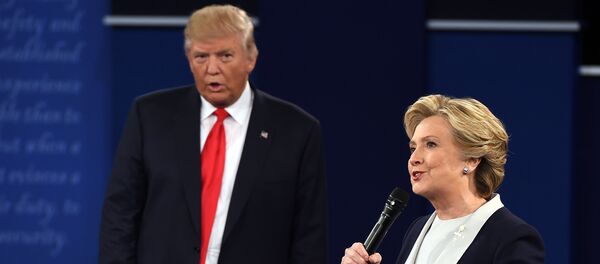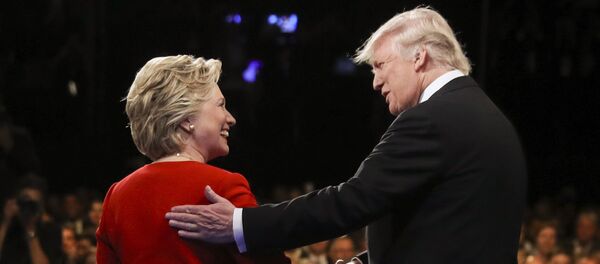These states are referred to as "swing states" or "battleground states." They are the focus of election campaigns, with candidates spending disproportionate amounts of time and money to count voters there.
In recent polls, Democrat Hillary Clinton was ahead of Republican Donald Trump in most of the "battlegrounds." But the billionaire businessman hopes to reverse this trend ahead of the finishing line.
Not All Votes Are Equal
A president in the United States is elected in two steps. First, voters in 50 states cast ballots for one president and vice president. But they actually pick a group of people referred to as "electors." They will have the final say at a vote in December.
A candidate needs a majority of votes, however narrow, to claim the entire state. It is a winner-takes-all system called the electoral college, in which a presidential candidate with most votes wins all electors.
Democrats will traditionally expect to win all of California’s 55 electors. Republicans will count on the state of Texas and its 38 electors. Thus, neither state has received much attention from the two key candidates.
Battleground States
The recent polls suggest that Clinton leads in all of the swing states but Arizona, while the race in Ohio is very tight. This would translate into 300 electors and an easy win for the Democrats.
Additionally, the Clinton campaign is banking on some of the nation’s most populous Democratic-leaning states – California, New York, Illinois, Michigan and Virginia – which can alone give her 253 electors.
Another option for Clinton is winning North Carolina and one of the second-tier swing states – Nevada or Iowa. Arizona also remains an option after the ground game there has recently intensified.
Trump’s path to victory looks thornier. He needs to win the three key battle states – Florida, Pennsylvania, and Ohio – as well as North Carolina and second-tier Arizona. All other scenarios spell defeat.
'Monumental' Mistake
Cary Covington, associate professor at the University of Iowa’s Department of Political Science, predicted that it would take a "historically monumental" mistake by Clinton to undo her victory at this point.
"I see no realistic path to a Trump victory. He needs to win all the battleground states … and then pick up a few votes in other states that are leaning toward Clinton," Covington told Sputnik. "There is very little likelihood that will happen."
So far, Clinton’s presidential bid has been tested by WikiLeaks, a whistleblower website that dumped online thousands of emails from Clinton campaign chair’s hacked account, exposing the dark underbelly of the operation to put Clinton into the White House.
Trump trails behind Clinton by a mere 2 to 3 percent of poll votes in the majority of swing states. But this should be enough for the Democrat to come out on top when voters go to the polls in less than two weeks.
"At the moment there seems to be nothing that Trump is doing that will change the narrative that he is losing. Given Clinton's apparent large national lead, it is hard to see any path for Trump at all," James Soles, from the University of Delaware, told Sputnik.
Soles, who chairs the Department of Political Science and International Relations, said Trump had very little "get out the vote" effort underway, in contrast to Clinton. On the contrary, he has to defend states that have historically been solidly Republican. But the polling in Texas, Utah, and Arizona shows them close.

